After several rounds of closed betas, release day is finally upon us for Rising Storm 2: Vietnam — and we can assault and defend zones in Vietnam with massive 64 player maps!
As a realistic shooter with two very different sides to play, there are a lot of ins and outs to this game to learn that will have the average FPS fan scratching their head — or more likely screaming “cheater” and ALT-F4ing away to request their Steam refund.
Don’t be that guy! This is one of those squad-based shooters you’ve got to git gud at before you’ll manage to rack up a kill count. If you are just getting started, be sure to check out our basic guides below — otherwise read on for tips on running and being part of a successful squad.
Playing Viet Cong in Rising Storm 2
The the Viet Cong/North Vietnamese Army is a fairly different from the standard “run and gun” experience of playing the invading U.S. soldiers, so this throws players off a bit when first getting into Rising Storm 2.
If you are on the VC/NVA side, always set your traps as you explore a zone. There’s no point in hoarding them, and friendly players on your squad don’t set them off, so place ’em wherever you want. These can net you kills even after you die and ensure your side keeps a zone in its win column without active defenders.
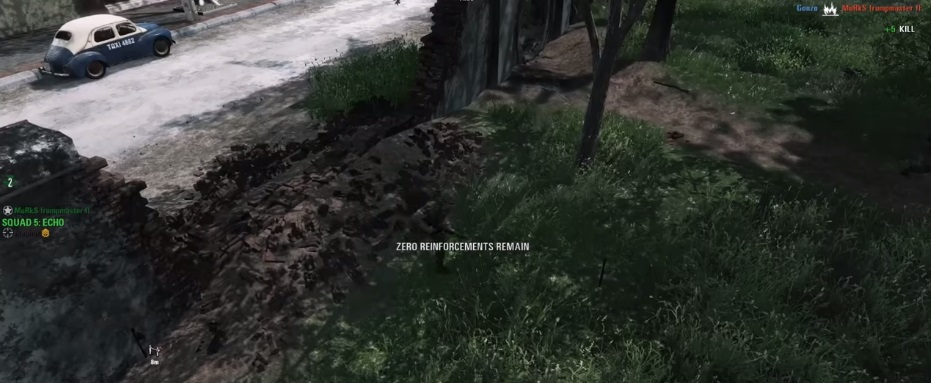 Gaps like this are perfect for placing traps
Gaps like this are perfect for placing traps
Also be on the lookout for climbable objects like vines and drain pipes on the side of buildings that give you an advantage over the more heavily armed U.S. soldiers.
The VC’s advantage is its mobility and knowledge of the terrain — use it! To simulate this in-game, you can also crouch in leaves and lie in wait in tunnels to screw with the enemy recon abilities.
When the U.S. has the high ground in city streets or raised buildings, don’t be afraid to pull out those old school stick grenades. There’s no need to endanger yourself by going into combat with a gun and hope you shoot first when a grenade takes care of everything for you.
Leading A Squad in Rising Storm 2
On the U.S. side, don’t forget that your squad spawns at your location, unless they specifically choose a different spot. This means you need to stay out of kill zones and shouldn’t be running directly into the fight. If you are getting torn to pieces, it means your group is going to continue getting torn to pieces as they respawn on your position.
On the North Vietnamese side, your soldiers do not spawn on you, they instead spawn in a tunnel that you place on the map. The key here is to set it near a zone you are trying to take, but not directly on or next to that zone, so your team doesn’t get cut to pieces as soon as they spawn. Try placing it somewhere just out of sight of the heaviest fighting so you don’t encourage spawn camping.
- Note: Don’t forget — after the tunnel is placed, you can behave like any other soldiers and run into the fray, since your soldiers will keep spawning at the tunnel even after you die.
While playing the U.S. side, be on the lookout for tunnels! The enemy knows where your group is going to spawn ahead of time, so there’s no reason not to return the favor and keep tunnels suppressed.
Calling In Artillery in Rising Storm 2
As team leader in Rising Storm 2, your responsibility is to call in strikes to aid in capturing zones. First and foremost — know where your squad is! Calling in either napalm or sustained strike artillery without team coordination is worse than not calling in any artillery at all.
After coordinating with your team, either verbally through chat or by having someone re-conning in a helicopter, there are several ways to call in artillery strikes:
- Call in a strike from the Loach light recon helicopter.
- Click the fire button while looking through the binoculars at a strike position.
- Throw a smoke signal grenade. (This is particularly helpful if you aren’t in a good position for popping out of cover without getting sniped.)
Artillery strikes may seem like a solution to every problem, but they frequently aren’t. The key here is knowing when and how to use them.
The continued barrage of sustained strike artillery prevents your guys from advancing, so it’s not as useful to call in on a specific point you are trying to capture but can’t get through. In that instance, use the single strike napalm instead to clear a path to quickly run through.
Calling in artillery behind your current location is often a better idea to prevent the enemy from approaching and killing your guys while trying to take a zone. You can also cancel artillery support if you are hitting your own team.
Now you know how to keep your squad together and alive long enough to capture a few zones. See you in the jungle, soldier!

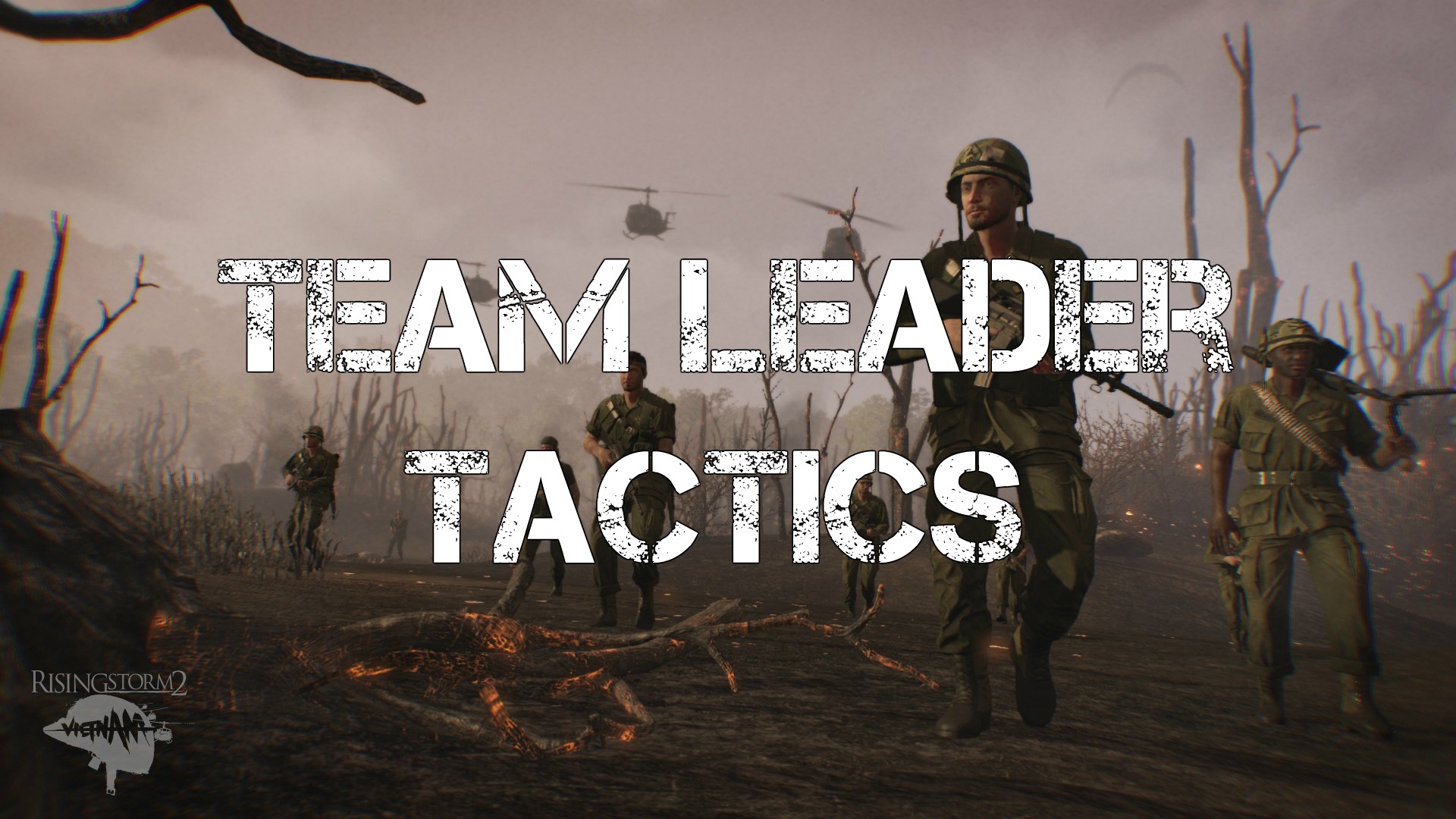
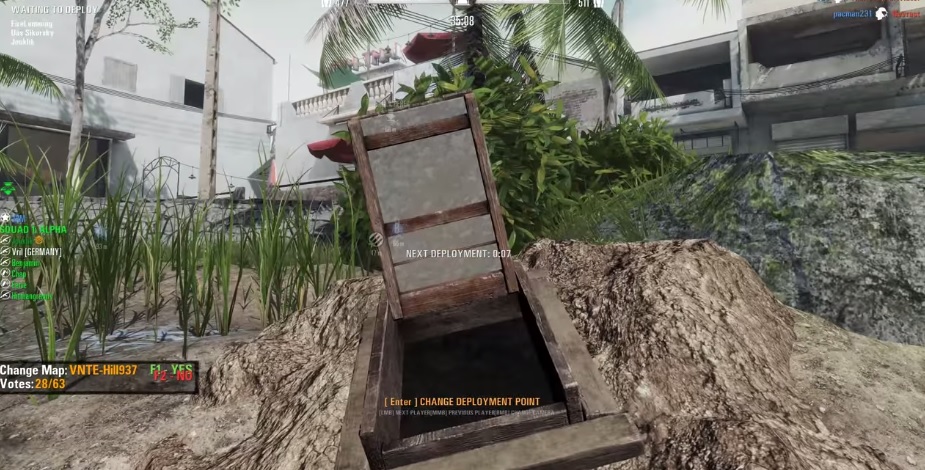
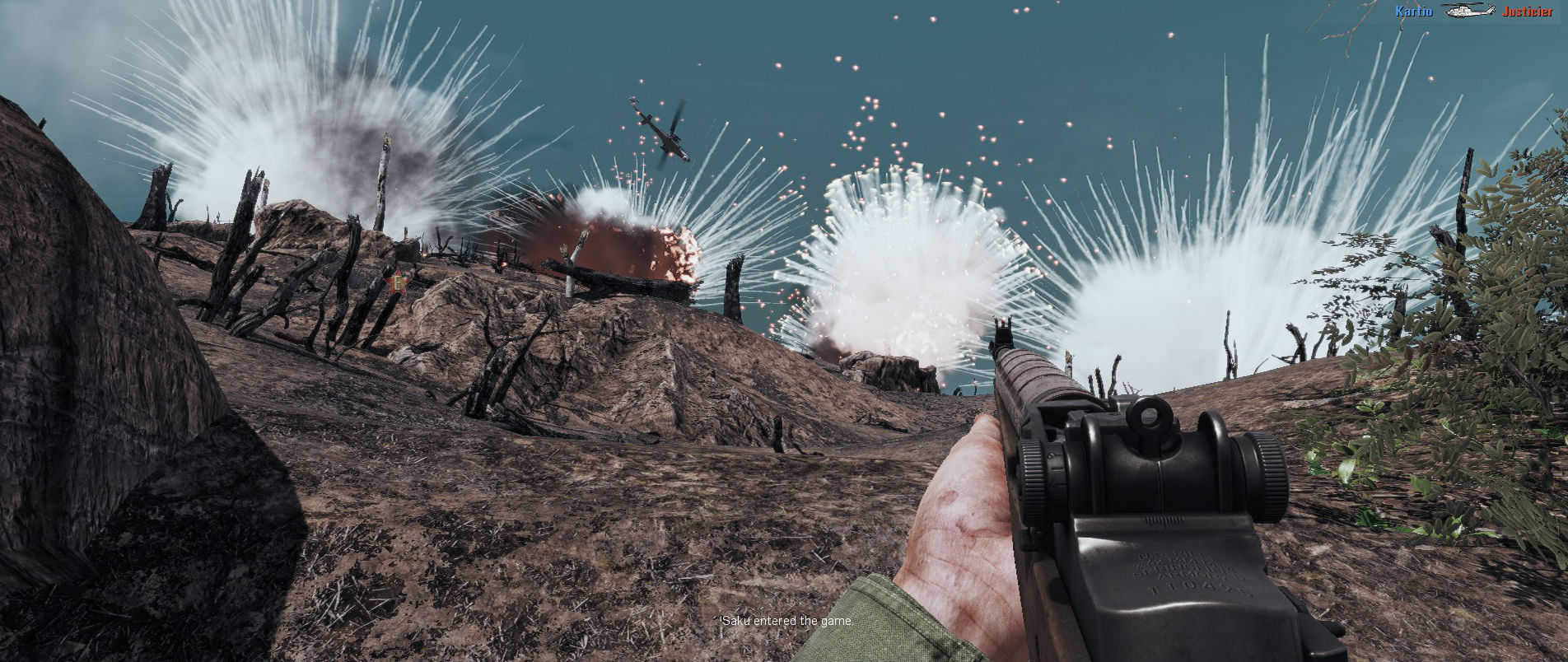


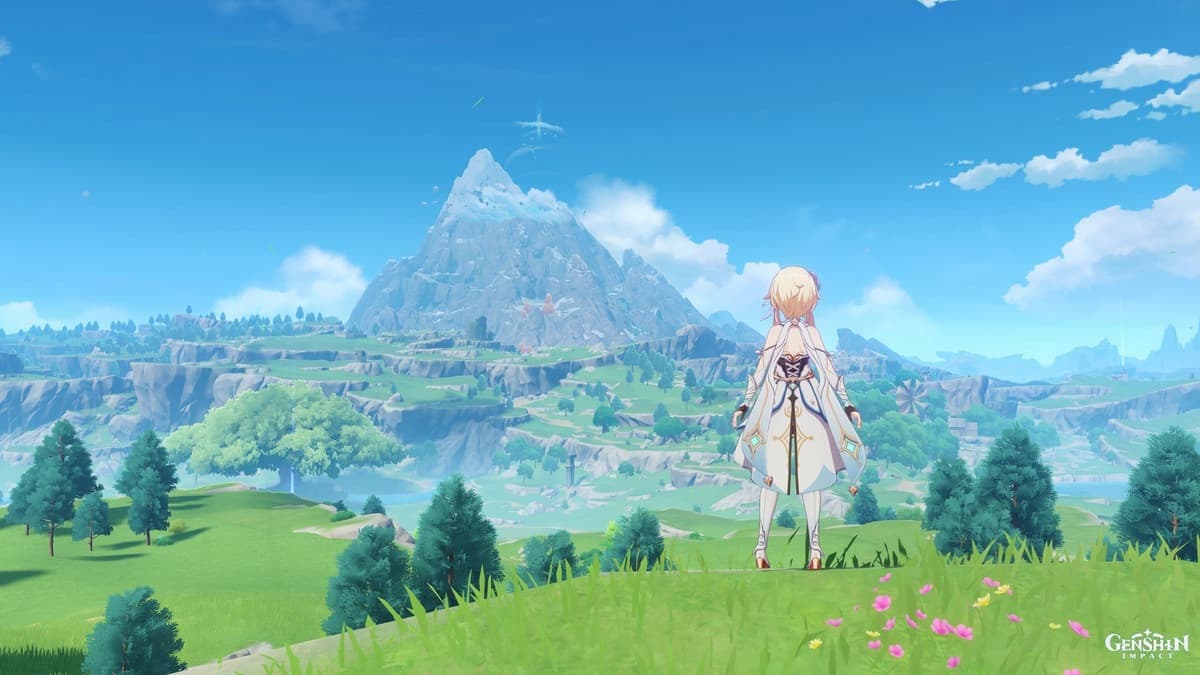

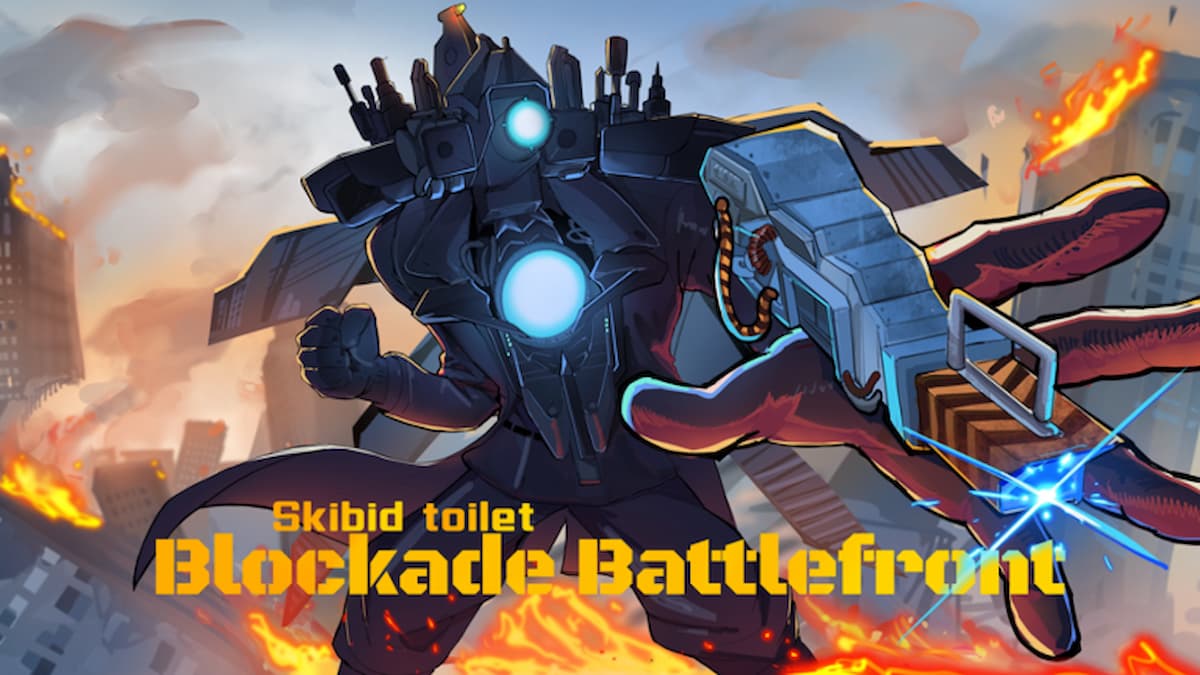
Published: May 30, 2017 03:54 pm